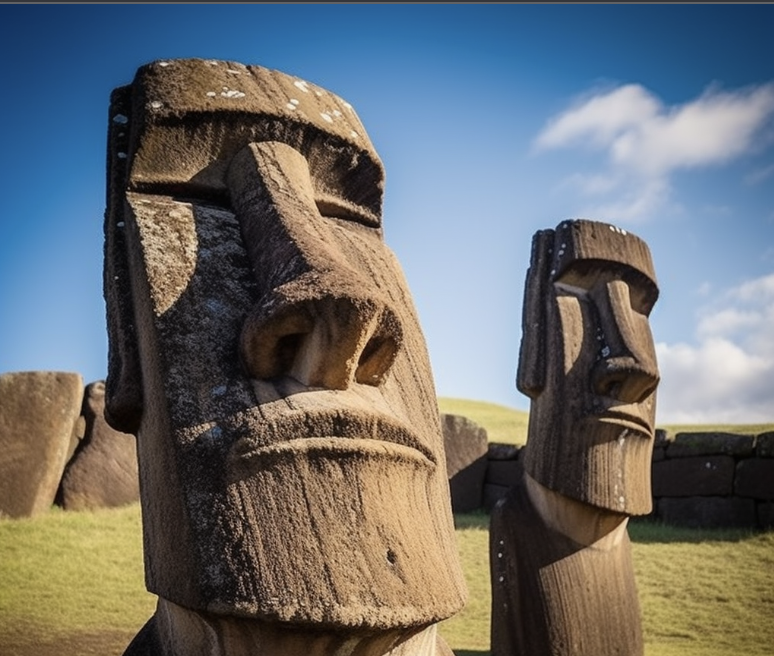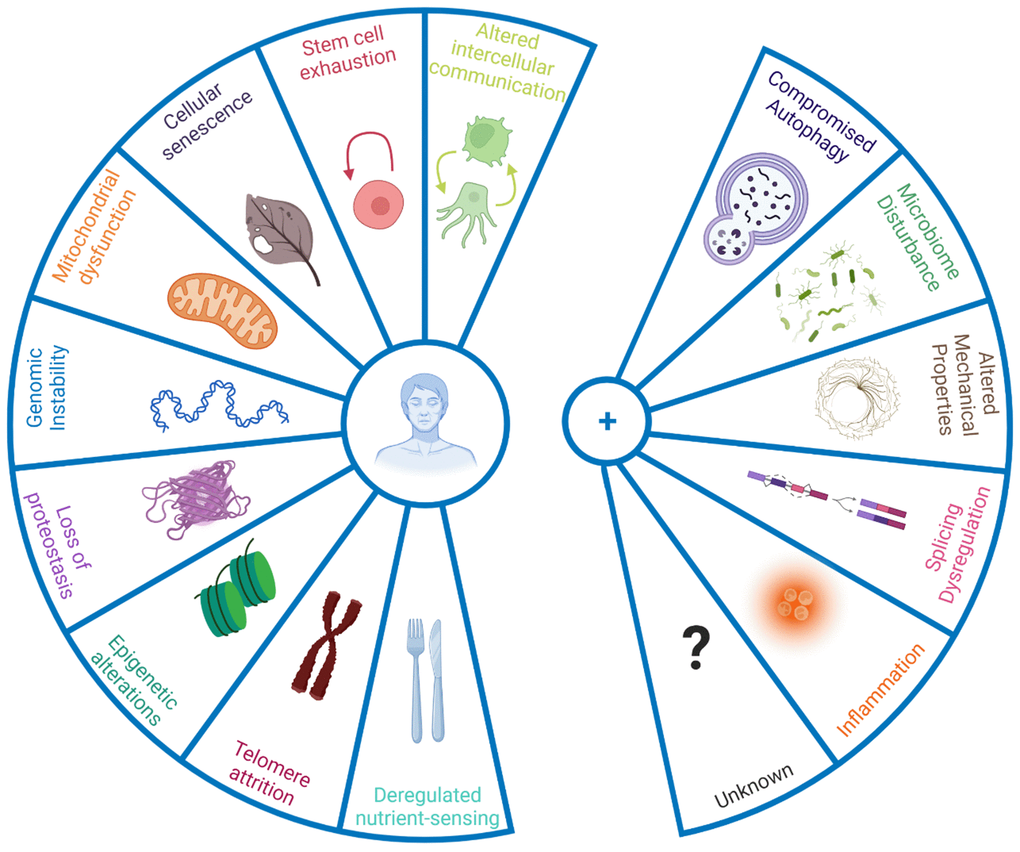As most of you know, I’m on a mission to help Humanity defeat aging by 2060. This is a bold, even unreasonable lifetime commitment. In order to maximise the odds of success, the very least is to find like minded people and execute seamlessly toward our common goal. Here I’m elaborating what has been achieved during the 1st Quarter of 2024, the failures and also what I’ve learned along the way.
The action plan
To summarize the overall structure, the plan is to build from the ground up a 3 layer ecosystem (from the top to the bottom):
– Layer 1: the “2060 Foundation”, whose purpose is to work on “longevity oriented” long term initiatives, such as fundamental R&D, federating the ecosystem, public and political advocacy.
– Layer 2: the “Longevity Startup Studio”, whose purpose is to generate profit through the creation of successful startups in the longevity space (both biotech and preventative health). The profit generated by the Startup Studio will fund the 2060 Foundation, because no matter how pure our intentions to help Humanity live longer and healthier are, nothing can be achieved without money.
– Layer 3: successful startups in the longevity space, created by the Longevity Startup Studio
The bad news is that this is a very complicated plan to put in place. The good news is that I’m not alone anymore, we’re already a small community of highly competent and motivated people who work together to make this happen.
Read below how far we’ve come in 3 months!
The 2060 foundation
– we’re roughly 100 members already, scientists, entrepreneurs, VCs, political activists, etc… all of them has specific skills, and is motivated by the same goal: defeat aging. This has been achieved with minimal to no communication or budget, which is very encouraging as to the potential of the mission to motivate a great number of people.
– we’ve created the Longevity Investment Club, federating startup founders and investors in the longevity space, and had our very first pitching session on the 5th of April, with 30 people signed up for this event.
– we’ve got serious discussions with one of the most renowed experts in longevity in the world (can’t disclose his name yet), to be part of the initiative and support our foundation. We’re working with him to build the foundation in the best possible way, with the right connections, the right advisory board, the right strategy, in order to avoid traps as much as possible.
The Longevity Startup Studio
The Longevity Startup Studio is the most complex project, but also the most promising, this is where profit will come from, this is what will create enough value for the Foundation to execute its mission:
– we’re 3 in the founding team, one of them a highly respected and successful biologist, medical doctor, and also entrepreneur in the medical field, and another one having worked with Elon Musk in one of his biotech initiatives, with a considerable expertise in venture capital.
– we have discussions for funding and partnership with the BPI France (the French Soverign Fund so to speak, responsible for funding innovation), and 2 biotech and health startup studios, who are interested by our expertise and our project.
Ikare.ai is supposed to be the very first startup created by the Startup Studio. It’s an online service for longevity consultations, where Medical Doctors and Health Coaches with deep expertise in Longevity help patients reach a Healthspan of 100+ years:
– we already have 15 patients being assisted by our doctors and coaches in their longevity journey. Interesting point, one of the patients is a principal scientist working for one of the best funded research facility in longevity in the Bay Area (for confidentiality reasons I can’t disclose names). But it’s funny that we’re so early on, but still taking care of the longevity of one of the best longevity experts in the world 🙂
– we’re a team of 4 cofounders, one of them being Dr Denys Coester, one of the best doctors in biohacking and longevity in France
The end game for Ikare.ai:
-1 longevity medical consultation / month for every human being aged 40+ (3 billion people worldwide as of today, but the demographic dynamic will bring more and more people in this category in the next years/decades).
-an AI longevity doctor, monitoring the overall health of billions of people, and issuing recommendations on what exams to take, at what frequency, recommending what preventative measures to take to preserve their long term health. Think of it as a huge AI-driven dashboard with green, orange and red lights for each patient, monitoring, and taking care of people’s health well before any disease or symptom appear.
Failures & Lessons Learned
When working on such a complex project, if we don’t have failures along the way, it means we’re not pushing hard enough. But rest assured, we’ve had some failures along the way also:
– we’ve lost a highly selective startup competition called Wilco, because we were not able to explain the vision and the product well enough in our slides (and also apparently because the slides looked unprofessional ?!? – that one hurt me a lot, I’ve put my heart in those slides 🙂 ). Next time I’ll “test” the pitch deck on more people, make it bulletproof, and take a professional designer to create world class visuals.
– one of the most professional and important potential investors in the Startup Studio told me that I was not qualified enough to be credible as the cofounder of such a structure. It seems they only consider serial-entrepreneurs in biotech. I’ll have to work more in order to explain why I’m the right person for this job.
Stay tuned, more is coming for the Second Quarter of 2024! Thanks for following the adventure, and for some of you, even getting involved in it!


 Telomeres are the small bits of DNA at the end of your Chromosomes. Every time one of your cells divide, and your chromosomes within those cells are copied, these bits of non-coding DNA will shorten. After a couple of dozen of divisions, the telomeres are shortened to exhaustion, and any further cell division will end up cropping small bits of your useful DNA information.
Telomeres are the small bits of DNA at the end of your Chromosomes. Every time one of your cells divide, and your chromosomes within those cells are copied, these bits of non-coding DNA will shorten. After a couple of dozen of divisions, the telomeres are shortened to exhaustion, and any further cell division will end up cropping small bits of your useful DNA information. Mitochondria are the energy production factories of our cells. In short, they eat up glucose, and turn it into another product called ATP, which is used as energy currency in the cell. As we age, there are fewer mitochondria, and their quality is also lower, and without proper levels of energy, the maintenance processes of our cells are heavily impacted.
Mitochondria are the energy production factories of our cells. In short, they eat up glucose, and turn it into another product called ATP, which is used as energy currency in the cell. As we age, there are fewer mitochondria, and their quality is also lower, and without proper levels of energy, the maintenance processes of our cells are heavily impacted. The Microbiome is the whole bacteria and other micro-organism ecosystem, which lives in symbiosis with your body, and is located in your gut. The nature of these micro-organisms, and how they interact with your gut, is closely related to your health: digestive diseases come from microbiome problems, even neuro-degenerative diseases seem to be related to it. Recent studies seem to suggest that as we age, the microbiome changes also, leading to our food being less well decomposed into basic nutrients for our body.
The Microbiome is the whole bacteria and other micro-organism ecosystem, which lives in symbiosis with your body, and is located in your gut. The nature of these micro-organisms, and how they interact with your gut, is closely related to your health: digestive diseases come from microbiome problems, even neuro-degenerative diseases seem to be related to it. Recent studies seem to suggest that as we age, the microbiome changes also, leading to our food being less well decomposed into basic nutrients for our body. Our cells do not just plainly “stick” together by themselves. They’re placed in “collagen complexes”, that come in many shape and sizes, which form the basic “scallfolding” structures for our bodies. For example, the degradation of our collagen structure accounts for our skin being less and less flexible as we age, and wrinkles appearing on our faces. Collagen is produced by a specific category of cells called fibroblasts. Well, chaotic collagen creation and preservation generates not only aesthetic discomfort, but also functional damage, in our bones, our muscles, heart, etc.
Our cells do not just plainly “stick” together by themselves. They’re placed in “collagen complexes”, that come in many shape and sizes, which form the basic “scallfolding” structures for our bodies. For example, the degradation of our collagen structure accounts for our skin being less and less flexible as we age, and wrinkles appearing on our faces. Collagen is produced by a specific category of cells called fibroblasts. Well, chaotic collagen creation and preservation generates not only aesthetic discomfort, but also functional damage, in our bones, our muscles, heart, etc.